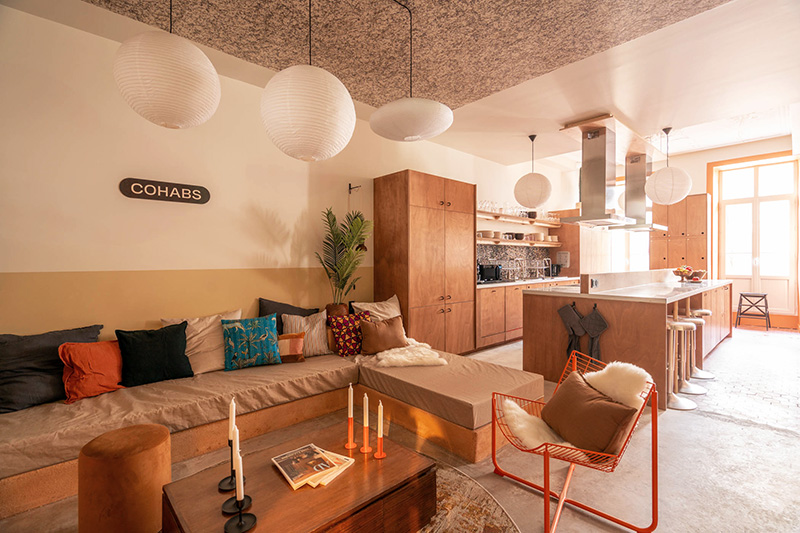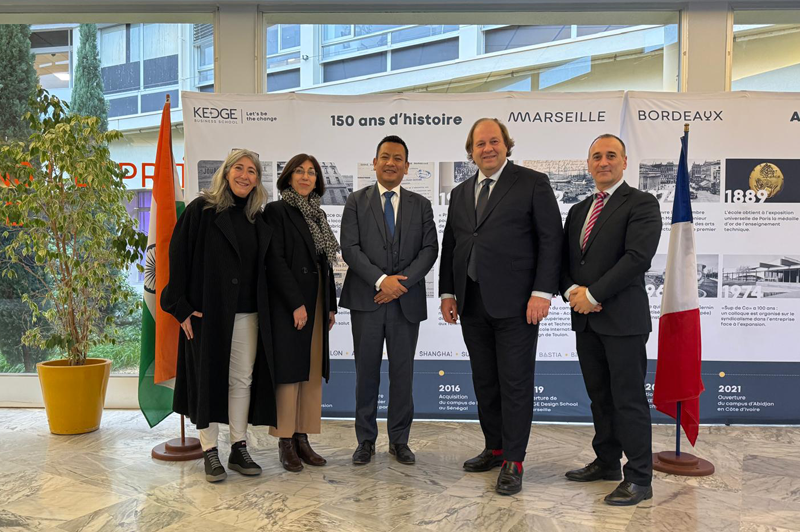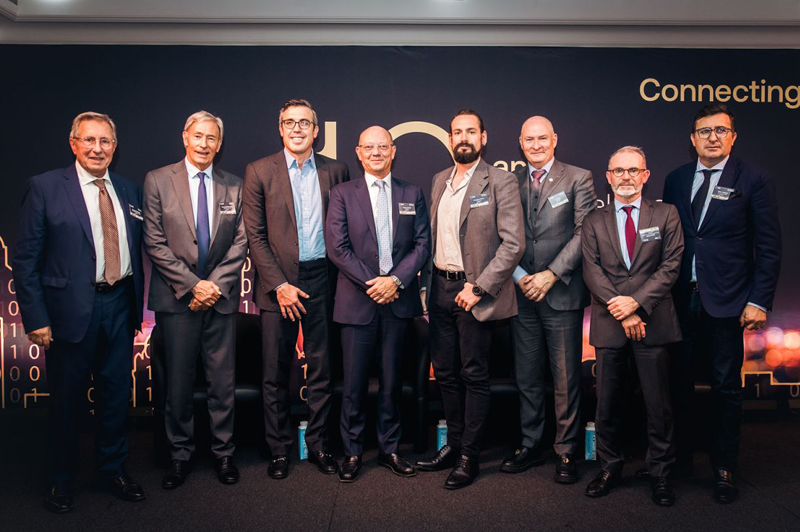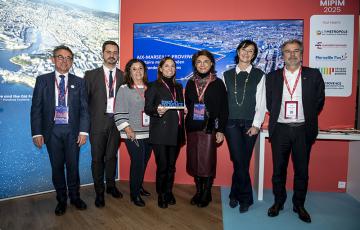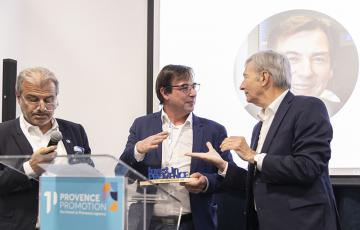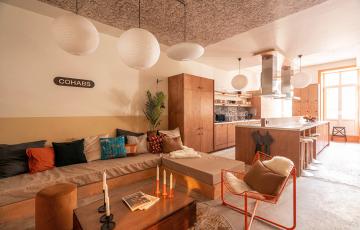The new Terminal 1 at the Marseille Provence Airport is ready for take-off
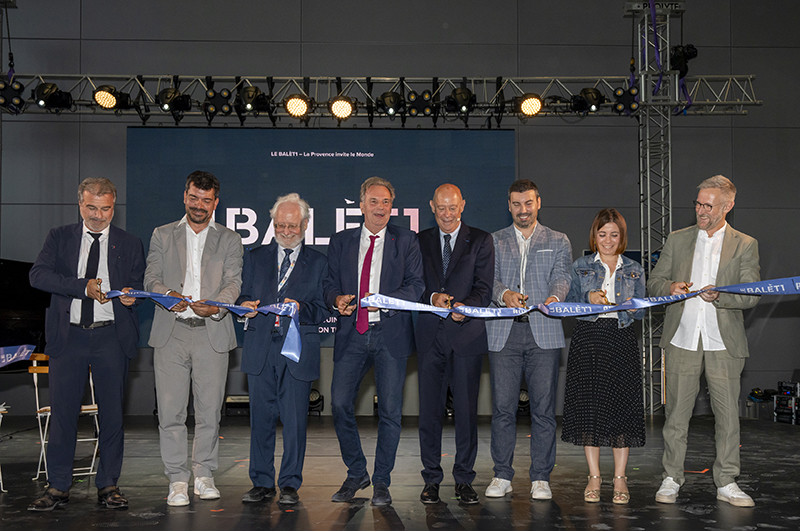
Travellers welcomed with local spirit and best-in-class services
Modernity and high standards are at the heart of the new addition to the Marseille Provence Airport, which was inaugurated on June 25, 2024. The opening of Terminal 1, which was designed by Foster + Partners, marks the airport’s successful passage into a new era. The building, which is a continuation of the existing architecture, offers a completely restructured passenger experience, more fluid traffic flows, and a wider range of shops and restaurants that reflect local colours, particularly in the boarding lounges. Completed on schedule so it could open just before the 2024 Olympic Games, this new showcase for Provence received an enthusiastic reception at the inauguration ceremony, which was attended by a diverse group of project partners and stakeholders in the Aix-Marseille economy.
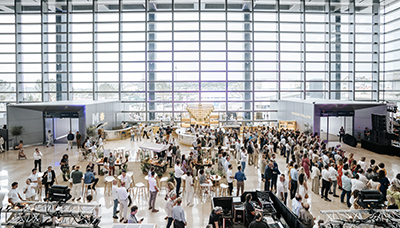 The Marseille Provence Airport, together with its partners, the French national government and local authorities (the Sud Provence-Alpes-Côte d’Azur Region, the Bouches-du-Rhône Department, the Aix-Marseille-Provence-Metropolis, the City of Vitrolles, and the Chamber of Commerce and Industry Aix Marseille Provence) officially celebrated the opening of Terminal 1 at the inauguration ceremony on June 25, 2024. This event capped off the “Heart of the Airport” transformation project that began during the Covid period. Inspired by the traditional local costume balls known as balèti, the evening celebrated the artistic, gastronomic, and cultural riches of Provence.
The Marseille Provence Airport, together with its partners, the French national government and local authorities (the Sud Provence-Alpes-Côte d’Azur Region, the Bouches-du-Rhône Department, the Aix-Marseille-Provence-Metropolis, the City of Vitrolles, and the Chamber of Commerce and Industry Aix Marseille Provence) officially celebrated the opening of Terminal 1 at the inauguration ceremony on June 25, 2024. This event capped off the “Heart of the Airport” transformation project that began during the Covid period. Inspired by the traditional local costume balls known as balèti, the evening celebrated the artistic, gastronomic, and cultural riches of Provence.
The 22 000-square-metre building is the result of a €200 million investment. Using an architecture that is in harmony with the existing style, it links Fernand Pouillon’s historic terminal, which was inaugurated in 1961, to the airport spaces created by Richard Rogers in the 1990s. The new terminal features several important measures to reduce its carbon footprint, including the natural ventilation system that reduces the use of air conditioning, the choice of low-carbon concrete, and the use of recycled steel for 70% of the construction.
The development of the infrastructure is being accompanied by initiatives to decarbonise other activities at the airport, such as a system to recover waste heat from the thermo-cooling plant, the installation of solar panels on the airport roofs and canopies in the car parks, the electrification of the tarmac and, in the future, the production of low-carbon energy and a heating system for the buildings based on geothermal resources.
An immersive client experience in Provence to help the territory shine
As the Marseille Provence Airport prepares to welcome large numbers of people for the 2024 Olympic and Paralympic Games events that will be held in the territory, the visitor experience will play an important role in raising the international profile of Aix-Marseille-Provence. From check-in to automated baggage handling to the boarding lounges, everything has been designed to give people a friendly and unique experience. Visitors will be able to discover a range of inspiring brands and local success stories, such as the restaurant Les Jardins Ste-Victoire (with a menu created by Michel Portos), Pernod Ricard’s Mellow Yellow concept store, the Les Bricoleurs de Douceurs pastry shop, and the Marseille ice cream parlour Emkipop. Two new services, valet parking and luggage transfer, have also been added to the airport.
The airport, a driver of sustainable economic development
The Marseille Provence Airport is an essential gateway for global business relations thanks to its international routes.
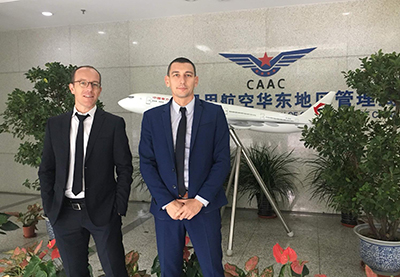 On what will be another momentous occasion for the airport, July 2 will mark the inaugural flight of the direct Marseille-Shanghai route operated by China Eastern. This new route will boost the area’s economic appeal and represents an opportunity to develop trade relations between France and China using Marseille as a base. Provence Promotion, which has been lobbying for this route since 2019 during its missions to China, notably with the Civil Aviation Administration of China (CAAC), is delighted with the prospects offered by this new route.
On what will be another momentous occasion for the airport, July 2 will mark the inaugural flight of the direct Marseille-Shanghai route operated by China Eastern. This new route will boost the area’s economic appeal and represents an opportunity to develop trade relations between France and China using Marseille as a base. Provence Promotion, which has been lobbying for this route since 2019 during its missions to China, notably with the Civil Aviation Administration of China (CAAC), is delighted with the prospects offered by this new route.
Aequatio: a new space for businesses
Another project that has just been launched is the development of a six-hectare site at the entrance to the airport. Named Aequatio, this development will be served by the future cable car link between the Vitrolles train station and Terminal 1.
This space will be used mainly for service sector activities. After an initial request for expressions of interest, a call for projects is about to be launched. As with Terminal 1, the airport will be monitoring the quality of the architectural project and its carbon footprint.



 +33 4 96 11 60 00
+33 4 96 11 60 00





